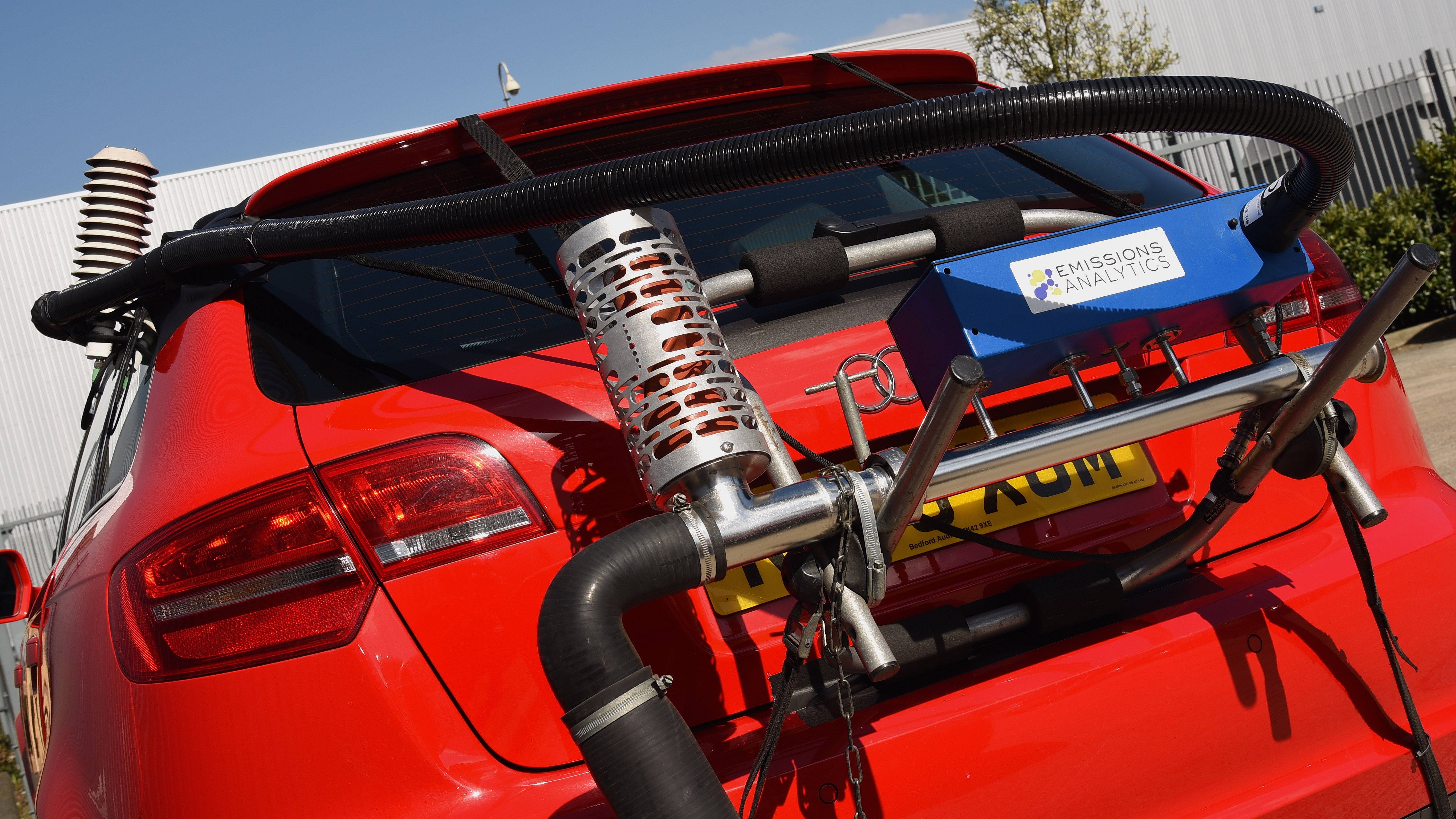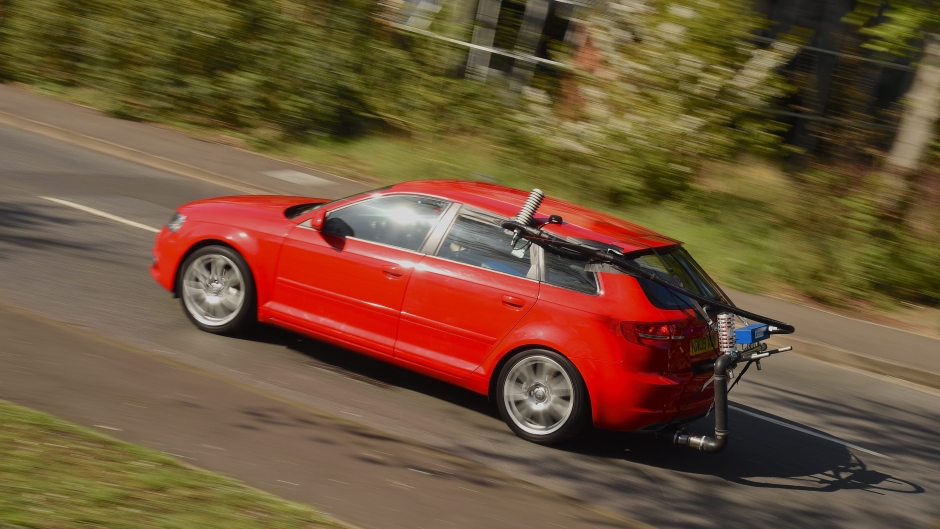What is the Real Driving Emissions (RDE) test?
What is the Real Driving Emissions (RDE) test, and why do you need to know?

The name might remind you of Star Wars’ endearing robot, R2D2, but there’s not a lot of charm about RDE2: a little-known emissions standard that has pushed up new car diesel tax bills. It stands for Real Driving Emissions Step 2, and imposes stricter limits for toxic compounds in exhaust fumes.
The measure was thrust into the spotlight in the November 2017 budget when the Chancellor declared that any new diesel cars registered from 1 April 2018 that did not meet the standard would move into a higher road tax band, although only in the vehicle’s first year.
Anyone buying a new diesel car was likely to have to pay more, because new cars didn’t have to meet the standard until 2020, and manufacturers needed time to develop and introduce compliant cars. This meant that many diesel cars sold between 2017 and 2020 didn't meet this standard.
The RDE test will not have any impact on cars that are already on the road, however. That means that used car buyers are unaffected. So, if you're after a used diesel, you don't have to worry whether it's RDE2 compliant or not. If you want a diesel that gets you around the current batch of diesel emissions charging, though, it's worth checking out models that meet the latest Euro 6 standards.
What is the RDE test?
All types of car have to be tested in a laboratory to ensure that they comply with emissions standards. But it’s been known for several years that the old test wasn’t a good indication of real-world driving economy because it was carried out at a low average speed and only required very gentle acceleration.
It was also easy to cheat, as was shown during the 'dieselgate' scandal, when Volkswagen was found to have programmed its cars to switch on emissions controls only during the laboratory test, meaning that emissions under normal driving were much higher than in the lab test.
That’s why the Real Driving Emissions test was introduced in September 2017. For the first time, it measured vehicle emissions during real-world driving and is used to check that cars are as clean on the road as they are in a laboratory.
What are RDE Steps 1 and 2?

Regulators allowed an introductory period (Step 1), where vehicles can produce twice as many harmful emissions as in the laboratory and still comply with the RDE standard to take into account differences between the test and real-world driving.
But that limit was lowered from January 2020, when the new RDE2 standard came into place. A smaller difference between lab test and RDE test was allowed from this stage, to take into account inaccuracies in the testing equipment.
Any brand new models launched after January 2020 had to meet the RDE2 standard, and all cars on sale have had to meet it since January 2021.
Any diesel car that met the RDE2 standard early was exempt from the higher level of road tax imposed on new diesel cars, so tax should cost no more than an equivalent petrol car.
How does the RDE test affect diesel cars?
Every new car sold from September 2018 had to meet the RDE Step 1 test. If a car didn’t, then manufacturers wouldn't have been able to sell it. The test didn’t apply to cars that were already on the road, so didn't affect existing car drivers. The same applies for the RDE Step 2 standard, which became a requirement from January 2021.
How does the RDE test work?

A bulky piece of testing equipment, called a Portable Emission Measuring System (PEMS), is attached to the car’s exhaust pipe, as shown above. This measures the level of nitrogen oxides (NOx) and tiny pieces of soot, known as particulates emitted. These have been linked to respiratory diseases and early deaths.
Cars are driven on urban and rural roads, as well as motorways, with routes including hills in an an attempt to reflect the real range of road conditions that typical drivers are likely to encounter.
Emissions figures are then calculated using software that makes adjustments for weather and traffic conditions, so that each vehicle’s result should be based on the same standard.
How effective will the RDE test be?
Independent real-world tests have found that some diesel cars produce 12 times the limit of NOx allowed in official laboratory procedures. Under the RDE test, these vehicles are no longer legally allowed to be sold as new cars (used cars are unaffected).
In addition, the introduction of the RDE test came at the same time as a new laboratory test called WLTP (Worldwide Harmonised Light Vehicle Test).
This tests cars at higher speeds, under harder acceleration, and while using equipment such as the radio and air-conditioning, to provide a more accurate measure of emissions and fuel consumption than the previous test format.
It’s expected that cars will need to be cleaner to meet the WLTP test - and then go on to prove that they can repeat that performance on public roads with the RDE test.
